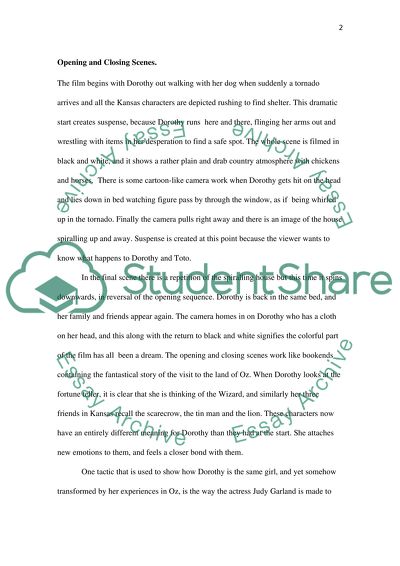Cite this document
(The Wizard of Oz Book Report/Review Example | Topics and Well Written Essays - 1496 words, n.d.)
The Wizard of Oz Book Report/Review Example | Topics and Well Written Essays - 1496 words. Retrieved from https://studentshare.org/literature/1570617-narrative-report-on-the-wizard-of-oz-1939
The Wizard of Oz Book Report/Review Example | Topics and Well Written Essays - 1496 words. Retrieved from https://studentshare.org/literature/1570617-narrative-report-on-the-wizard-of-oz-1939
(The Wizard of Oz Book Report/Review Example | Topics and Well Written Essays - 1496 Words)
The Wizard of Oz Book Report/Review Example | Topics and Well Written Essays - 1496 Words. https://studentshare.org/literature/1570617-narrative-report-on-the-wizard-of-oz-1939.
The Wizard of Oz Book Report/Review Example | Topics and Well Written Essays - 1496 Words. https://studentshare.org/literature/1570617-narrative-report-on-the-wizard-of-oz-1939.
“The Wizard of Oz Book Report/Review Example | Topics and Well Written Essays - 1496 Words”, n.d. https://studentshare.org/literature/1570617-narrative-report-on-the-wizard-of-oz-1939.


